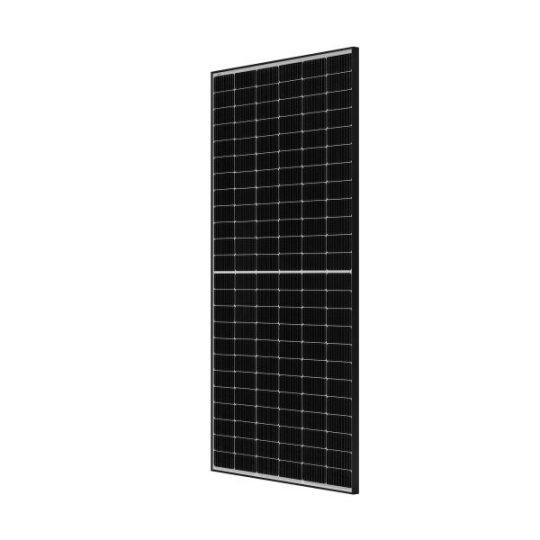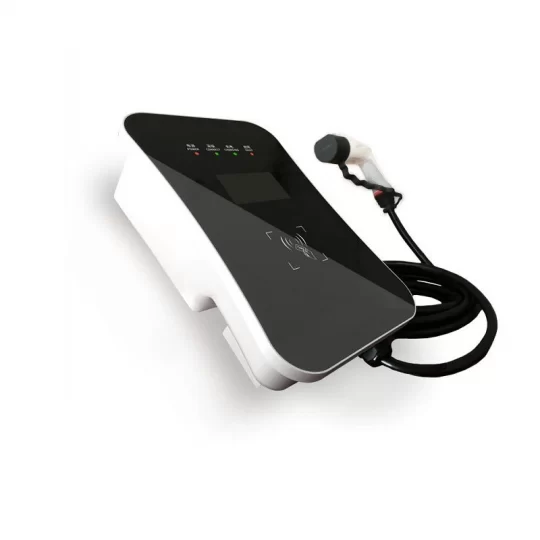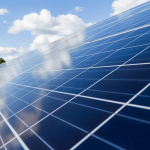What Are Solar Power Plants?

A solar power plant is the most efficient and cleanest renewable source of energy. Solar power plants have become crucial for preserving our planet, and for this reason, they are used in many countries to generate electrical energy. The main advantage of using this type of renewable energy is that it has no harmful emissions, and solar power plants protect our environment. Additionally, any land can be used as a location for building a solar power plant.
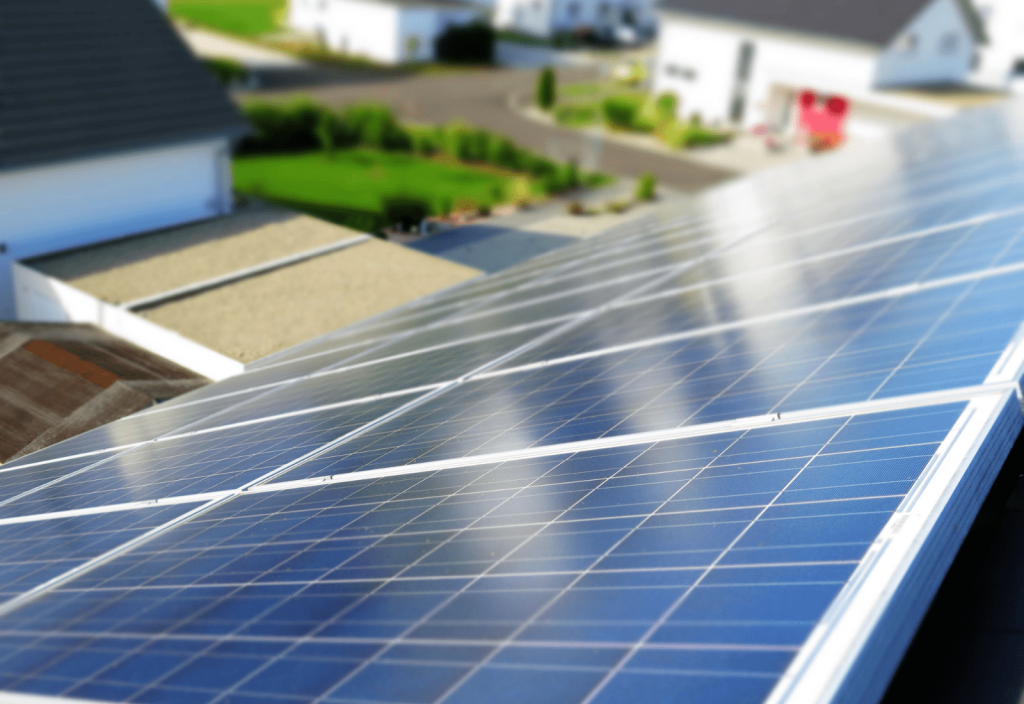
How Do Solar Power Plants Work?
The solar panel, a component of every solar power plant, consists of an array of solar modules, each comprising several hundred or even thousands of individual diodes called PV cells. These cells have the function of converting solar energy into electrical energy, a process commonly known as photovoltaics. When exposed to direct sunlight, these cells generate a small voltage at their terminals. This potential difference causes electrons in one part of the circuit to flow to another, where they can perform valuable work. The amount of charge flowing depends on how much light falls on the module.
As more photons hit the module, more charge moves around inside the diode, creating larger currents. But there are only so many electrons available to move; eventually, they will all be spent. At this point, there is no further movement of electrons because the supply of free electrons is depleted. As long as enough sunlight continues to fall on the module, new electrons continue to appear on its surface. Ultimately, when the supply of electrons runs out, the output stops growing.
The total amount of electrical energy produced by a solar power plant depends on two factors:
- How much sunlight falls on the solar panel module during any given period.
- How efficiently the panel utilizes that incoming light.
Efficiency is measured in terms of power conversion efficiency. PCE measures the percentage of incident light converted into usable electrical energy.
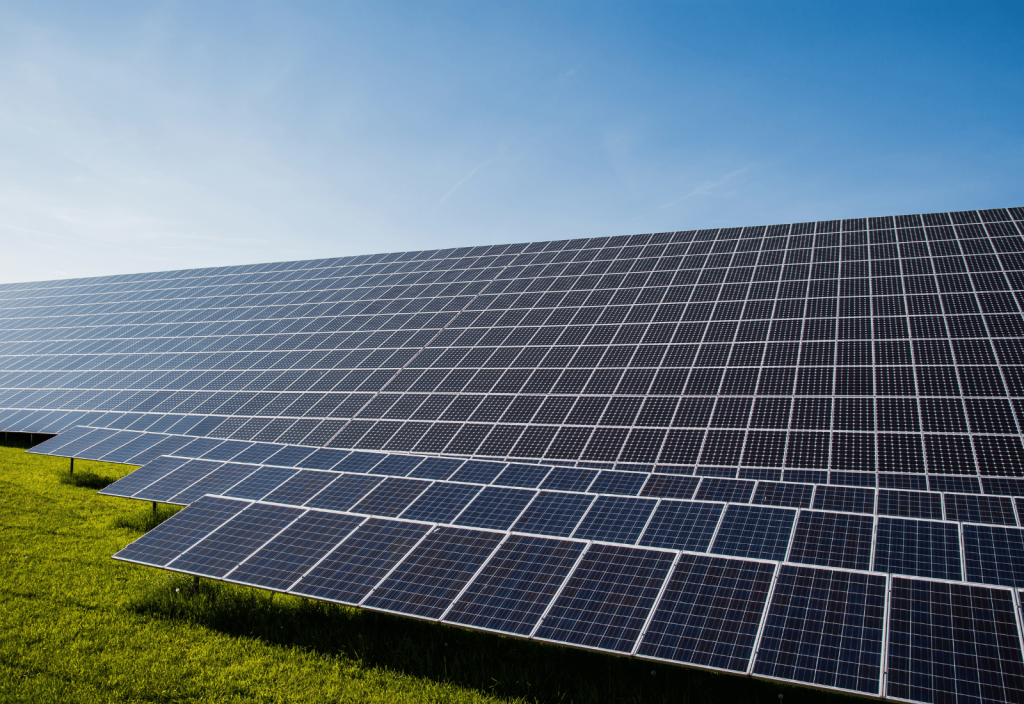
How Much Energy Can Solar Power Plants Produce?
Since each PV module system is different, it is challenging to determine and calculate the exact output of a solar panel or how much electrical energy a solar power plant can produce.
The ideal starting point is to understand the parameters that deserve the attention of a PV module system and its power. A solar panel can produce anywhere between 250W and 400W. These figures depend on various variables that affect the efficiency of a solar power plant.
For example, if your solar power plant has panels operating at a temperature of 25°C and has 1000W of sunlight per m2 hitting the solar power plant, in this case, your 300W solar panels will produce 300W of electrical energy. This means that your solar power plant can utilize its full capacity.
To calculate the energy output that a solar power plant can produce, you should take into account various factors, such as sunny hours in your area, the size of the solar panel, and the efficiency of an individual solar panel.
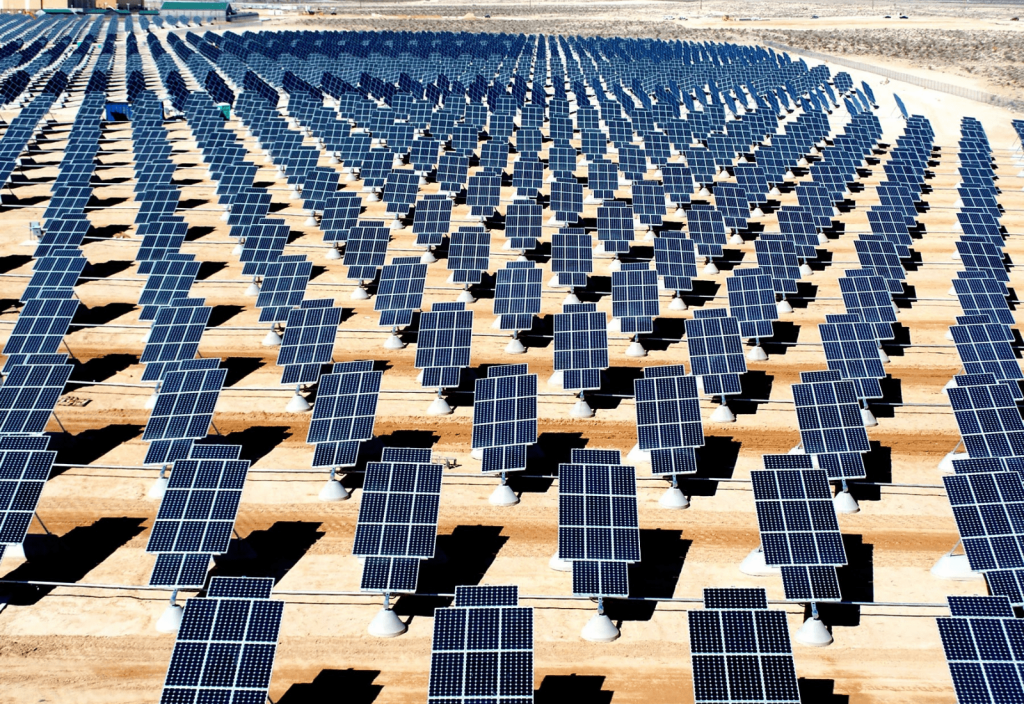
How Many Panels Are Needed for a Solar Power Plant?
One of the most common questions we receive from our clients is how many panels they need to build their solar power plant. Such questions are very complex and primarily relate to the needs that a solar power plant must meet, i.e., how much electrical energy the client requires.
First of all, to build a power plant, we need to know more about your energy needs to provide you with a more accurate estimate of the construction and implementation of a solar power plant. The best place to start is to assess your current energy consumption based on past electricity bills. Data on previous usage is the best basis for determining how many panels you will need for your solar power plant.
Learn more with a calculation!

